12 amazing photos from the Perseverance rover's 1st year on Mars
The rover has already captured a number of stunning shots.
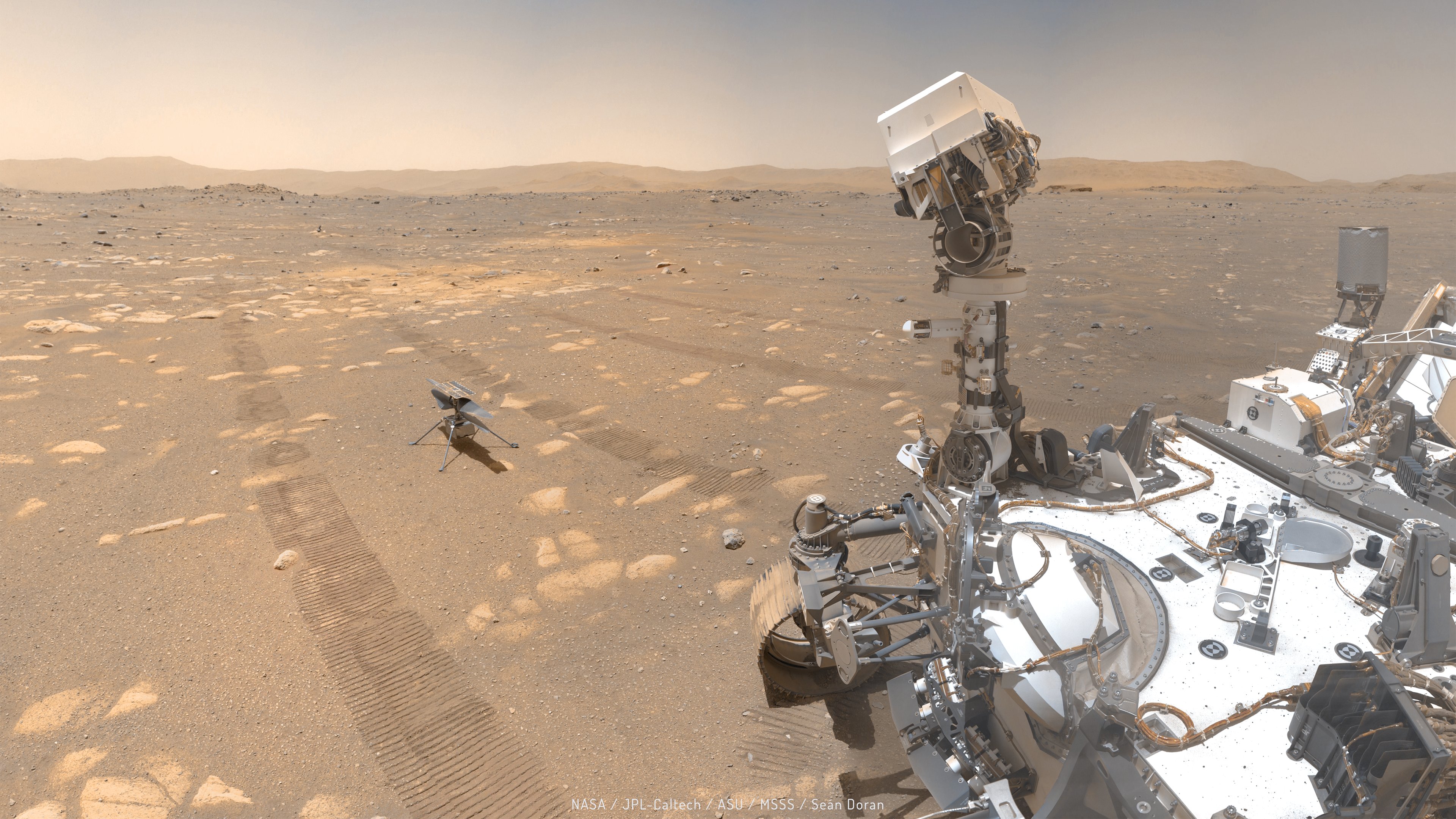
NASA's Perseverance rover has now been exploring Mars for a full year, and it has captured some amazing photos during that stretch.
The car-sized Perseverance rover touched down inside the Red Planet's 28-mile-wide (45 kilometers) Jezero Crater on Feb. 18, 2021. The rover is searching for signs of past Mars life in Jezero, which hosted a big lake and a river delta in the ancient past. It's also collecting and caching dozens of samples for future return to Earth.
Perseverance is not alone on Jezero's floor. A 4-pound (1.8 kilograms) helicopter named Ingenuity landed with the rover, tasked with showing that aerial exploration is possible on Mars despite the planet's thin atmosphere. Ingenuity aced its five-flight prime mission and is now serving as a scout for Perseverance, with a total of 19 Martian sorties under its belt to date.
Here are some of the most memorable photos by (and of) the robotic duo over the past 12 months. This is just the tiniest sampling, for there are literally thousands to choose from — more than 200,000, in fact. If you'd like to see more, check out the Perseverance and Ingenuity raw image database that NASA makes freely available.
In photos: NASA's Mars Perseverance rover mission to the Red Planet
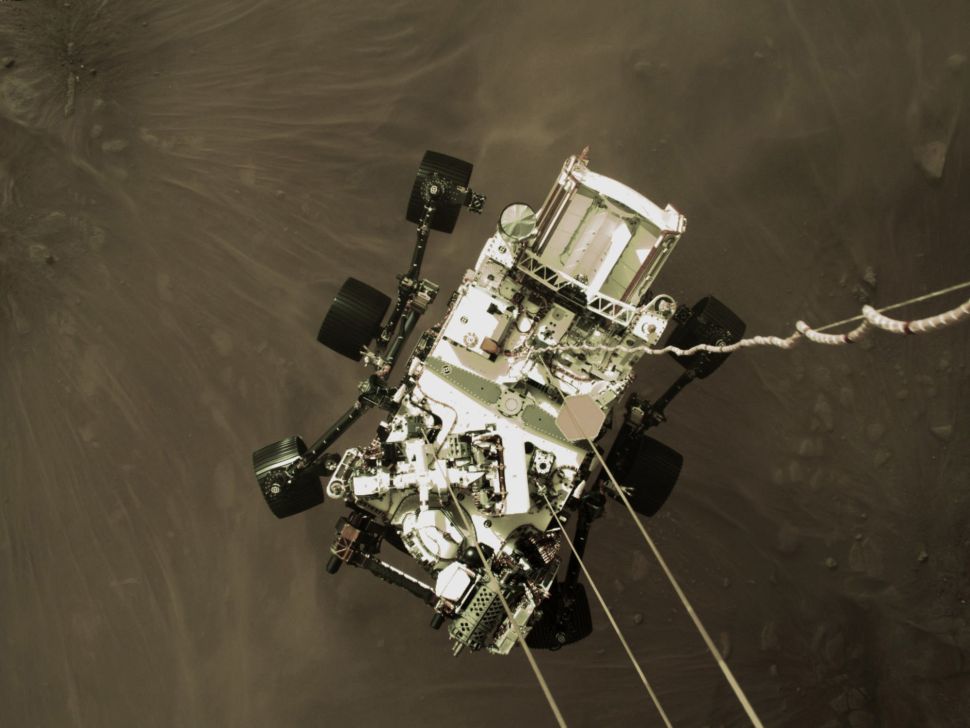
Perseverance landed with the aid of a rocket-powered sky crane, which lowered the six-wheeled robot onto Jezero's floor on cables and then flew off to crash-land a safe distance away. Cameras aboard the sky crane gave us great looks at this dramatic action, as this photo shows. It captures the moment just before touchdown, as Perseverance dangles just 6.5 feet (2 meters) above the red dirt.
Full story: Wow! See the Perseverance rover dangling above Mars in this amazing landing photo

The sky crane's grand sacrifice did not go unnoticed or unmourned: Perseverance took a photo of the smoke plumes generated by the vehicle's suicidal crash with one of its hazard-avoidance cameras.
Full story: NASA's Perseverance rover watched as its sky crane crashed on Mars (photo)
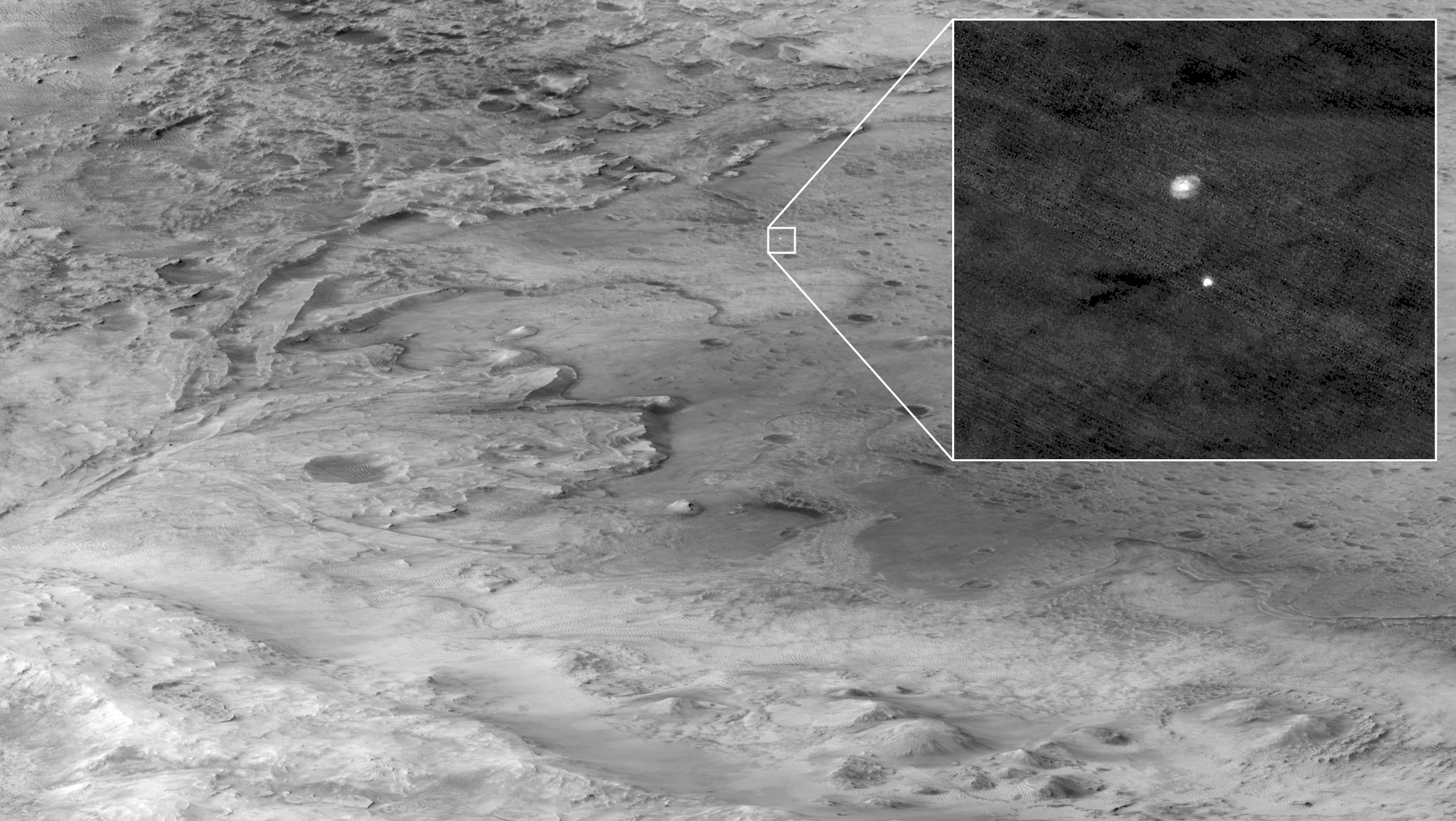
Other robots were watching Perseverance's entry, descent and landing (EDL) as well. For example, the HiRISE ("High Resolution Imaging Science Experiment") camera on NASA's Mars Reconnaissance Orbiter (MRO) snapped an amazing shot of Perseverance's descent stage cruising toward the Martian surface under parachutes on Feb. 18, 2021. MRO was 435 miles (700 km) from Perseverance and traveling at about 6,750 mph (10,860 kph) when the photo was taken, NASA officials said.
HiRISE has imaged Perseverance repeatedly in the 12 months since touchdown. For instance, the camera captured the rover's parachute, heat shield and other EDL accouterments strewn across Jezero's floor on Feb. 19, 2021. And the camera has kept track of Perseverance's various rovings around the crater as well.
Full story: Watch the Perseverance rover land on Mars in this epic first-of-its-kind video

It didn't take long for Perseverance to start taking stock of its surroundings. The rover beamed home two hazard-camera images shortly after touching down on Feb. 18, 2021. And on Feb. 22, the rover team released the mission's first Mars panorama, a mosaic constructed using images that Perseverance had taken two days earlier.
Full story: Behold! The 1st panorama of Mars from the Perseverance rover

Ingenuity deployed on April 3, dropping from Perseverance's belly onto Jezero's floor. Three days later, the rover snapped a series of selfies that featured both robots. Citizen scientist Seán Doran stitched 62 of those photos together, creating a stunning mosaic that shows Perseverance watching over its much smaller partner with a seemingly doting eye.
Full story: These selfies of NASA's Mars helicopter with the Perseverance rover are just amazing
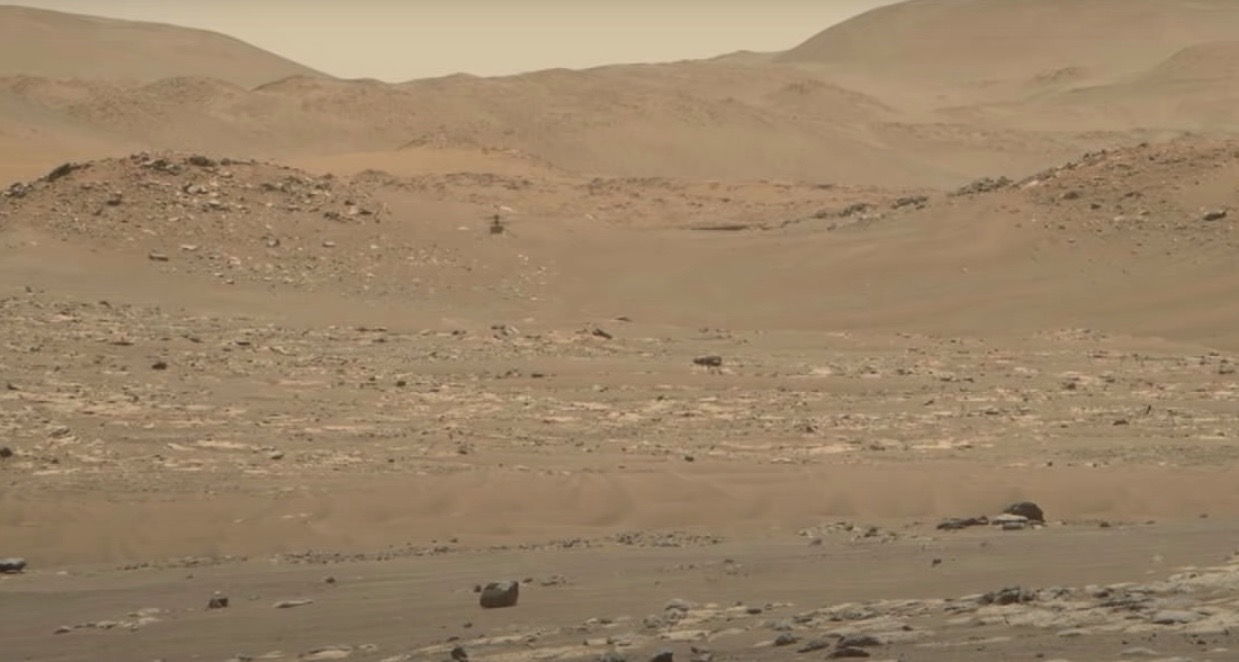
Perseverance spent a fair amount of time during its first few months on Mars supporting and documenting Ingenuity's pioneering sorties — the first-ever rotorcraft flights on a world beyond Earth. The rover captured a number of gorgeous shots of the little chopper in action, including this one, which was taken on Sept. 4, 2021, during Ingenuity's 13th Martian flight.
Full story: Watch Ingenuity Mars helicopter soar in amazing new videos from Perseverance rover

Ingenuity returned the photography favor during its third flight, capturing a shot of its ground-bound buddy from above on April 25. The photo notched another first for the Ingenuity mission; robots had snapped photos of each other on the Red Planet before, but never while one of them was soaring through the air. And this wasn't just a one-time thing; Ingenuity repeated the feat on Aug. 5, during its 11th flight.
Full story: Mars helicopter Ingenuity spots Perseverance rover from the air (photo)
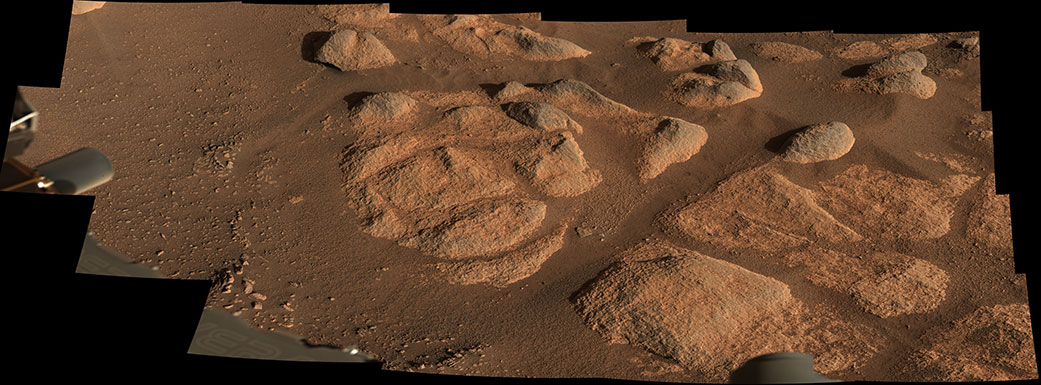
Jezero is an interesting place, and many of Perseverance's photos showcase the crater's geological diversity. For example, imagery captured in late April features rocks that may be volcanic in origin — something of a surprise, given that the crater floor is an ancient lakebed and would therefore be expected to be dominated by sedimentary rocks.
Full story: NASA's Perseverance rover on Mars has found some mysterious rocks (photos)
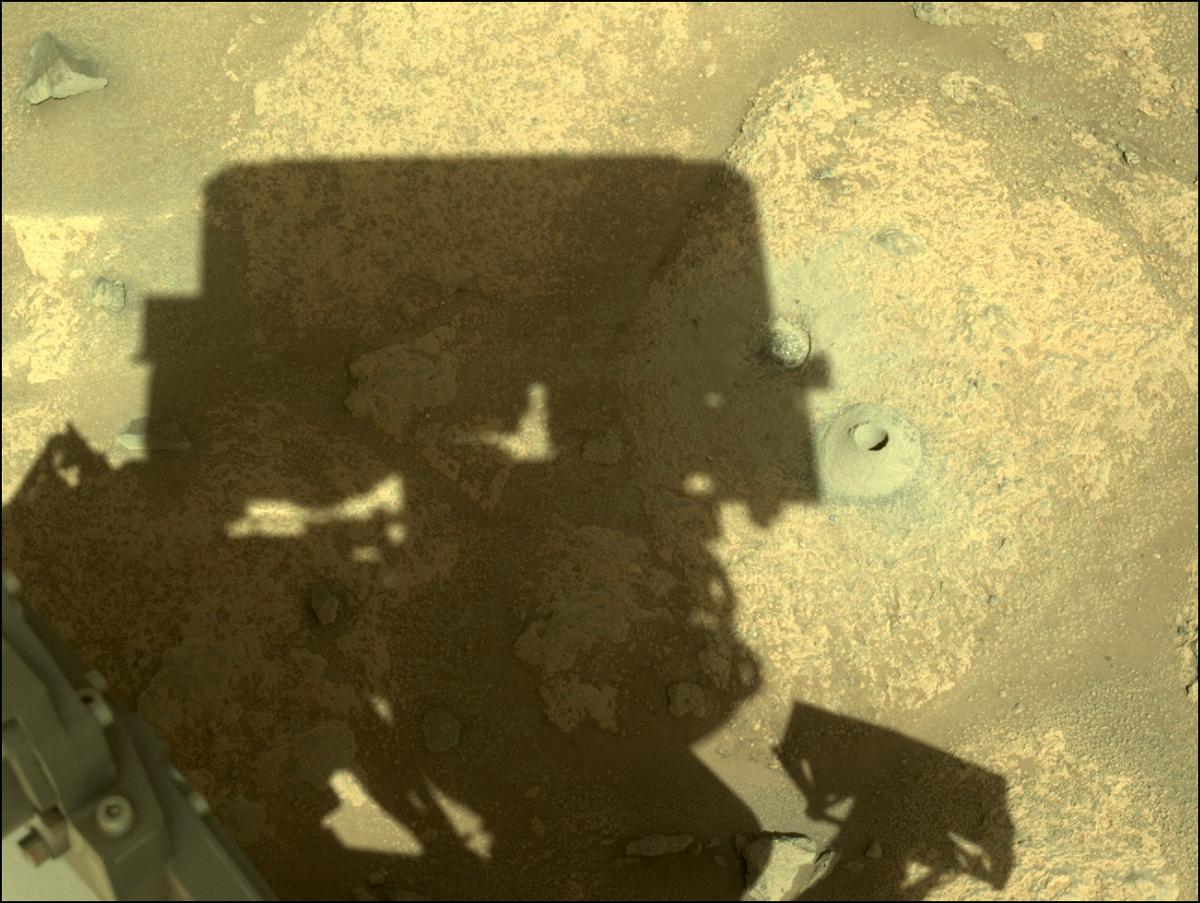
Perseverance drilled its first sampling hole into a Martian rock in early August, a big milestone for the mission. Things didn't go according to plan, however; NASA announced on Aug. 6 that the rover didn't manage to collect any material during the sampling attempt. Mission team members soon determined that there was no problem with Perseverance's complex sampling gear; rather, this particular rock was just surprisingly crumbly, breaking into bits that didn't make it into the designated titanium tube.
Full story: Perseverance rover drills into Mars for 1st time in milestone for sample collection

The mission team didn't have to wait long for the first sampling success. That landmark moment came on Sept. 6, when Perseverance sealed up a tube containing a drilled-out core of a rock dubbed "Rochette." The Rochette sample, and the others that Perseverance has collected and will collect during its time on Mars, will be hauled to Earth by a multi-mission NASA-European Space Agency campaign. Those pristine samples could land here as early as 2031, if all goes according to plan.
Full story: Perseverance rover seals up 1st Mars sample for future return to Earth
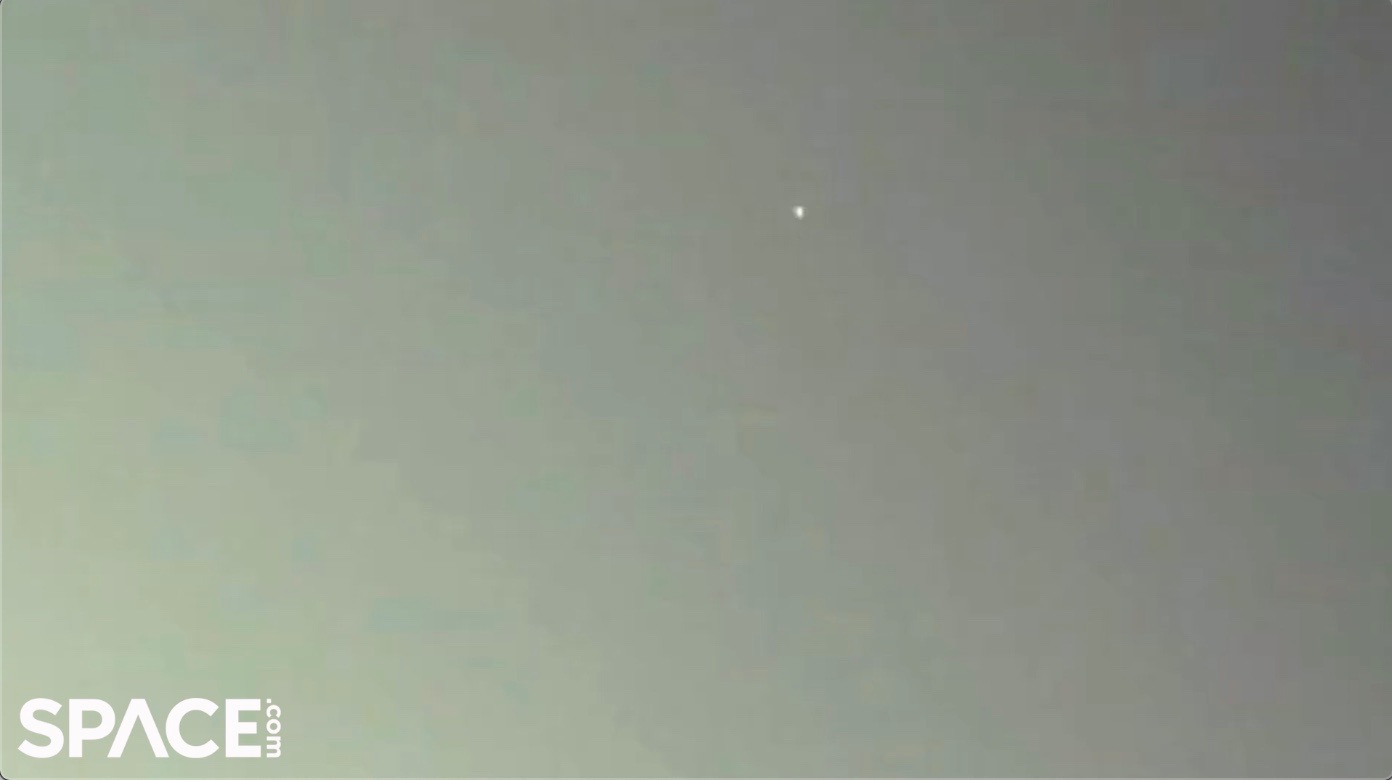
Perseverance is focused on analyzing Martian rocks and dirt, but the robot also does some skywatching from time to time. On Aug. 20, for example, the mission team posted on Twitter a photo Perseverance had taken of Deimos, the smaller of Mars' two moons. Deimos is but a bright smudge in the image, but that's understandable; the little satellite is just 7.7 miles (12.4 km) wide.
Full story: Perseverance rover spots tiny Mars moon Deimos (video)
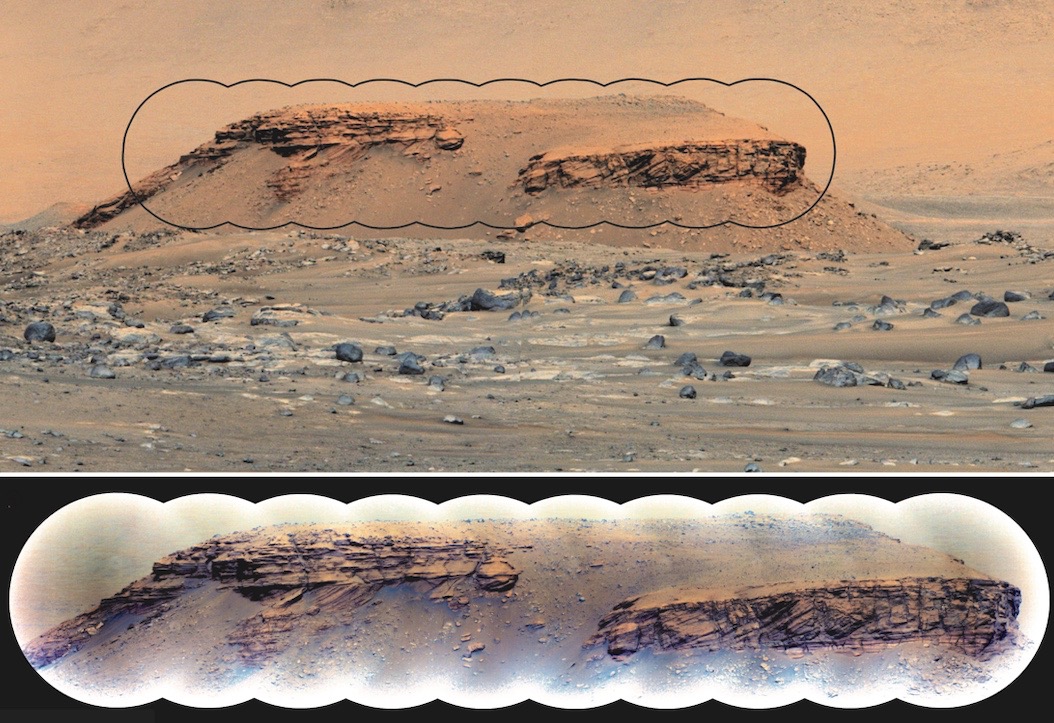
River deltas here on Earth are great at preserving carbon-containing organic molecules and signs of life itself, so Perseverance team members are eager to explore Jezero's ancient delta. Indeed, they've already started doing so from afar, analyzing a hill called Kodiak that's thought to be a delta remnant. The sharp Kodiak imagery, which Perseverance captured with its Mastcam-Z camera system from a distance of 1.39 miles (2.24 km), shows distinct layers of sediment that could only have been deposited by a river flowing into a lake, mission scientists say.
The Perseverance team plans to get an up-close look at the fossilized delta — perhaps at Kodiak, perhaps in a different patch of ground — in the not-too-distant future. Exciting discoveries could flow shortly thereafter, as Perseverance will be able to put its full suite of scientific instruments to work at close range.
Full story: Perseverance rover confirms existence of ancient Mars lake and river delta
Mike Wall is the author of "Out There" (Grand Central Publishing, 2018; illustrated by Karl Tate), a book about the search for alien life. Follow him on Twitter @michaeldwall. Follow us on Twitter @Spacedotcom or on Facebook.

Michael Wall is a Senior Space Writer with Space.com and joined the team in 2010. He primarily covers exoplanets, spaceflight and military space, but has been known to dabble in the space art beat. His book about the search for alien life, "Out There," was published on Nov. 13, 2018. Before becoming a science writer, Michael worked as a herpetologist and wildlife biologist. He has a Ph.D. in evolutionary biology from the University of Sydney, Australia, a bachelor's degree from the University of Arizona, and a graduate certificate in science writing from the University of California, Santa Cruz. To find out what his latest project is, you can follow Michael on Twitter.
